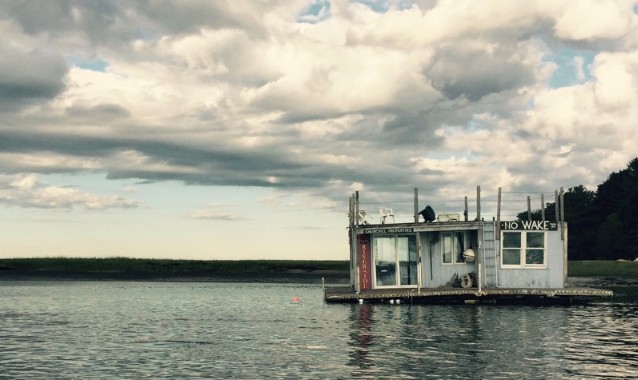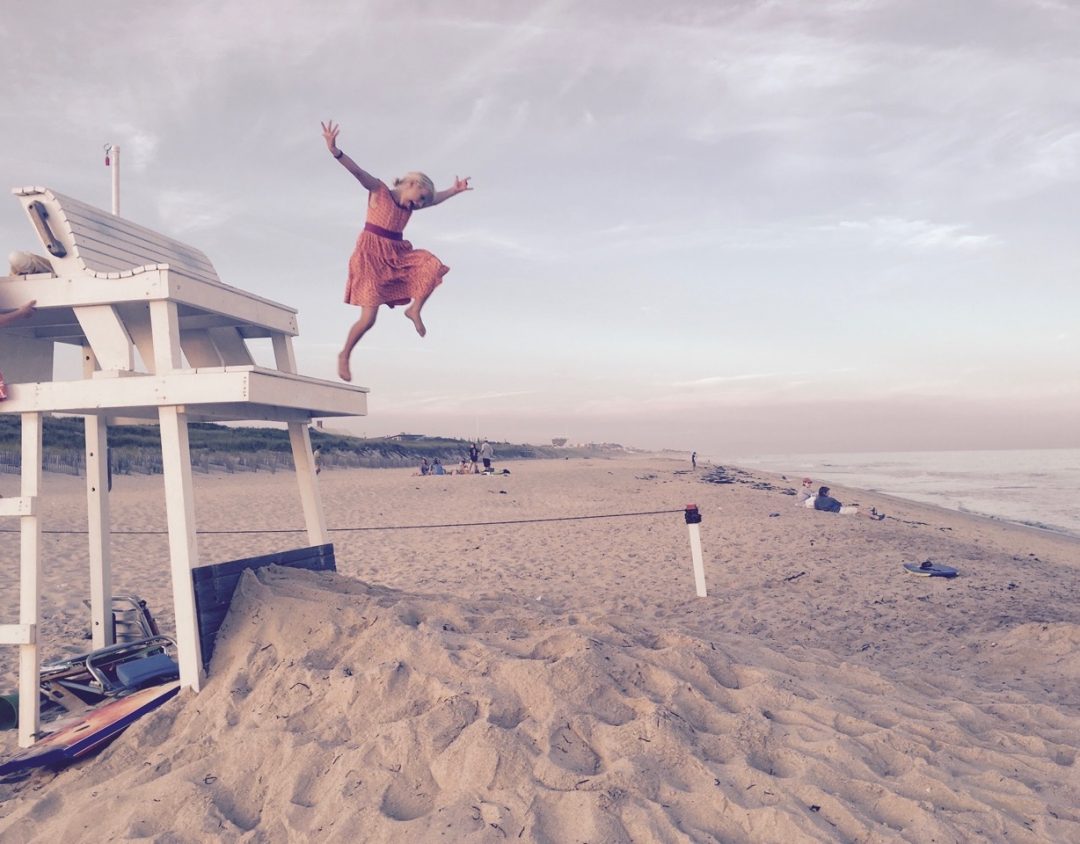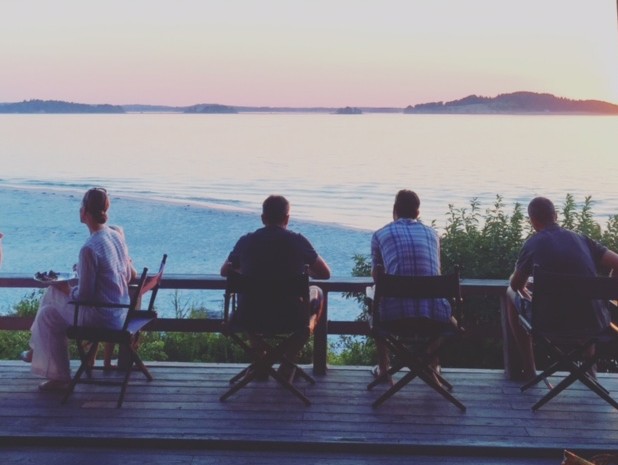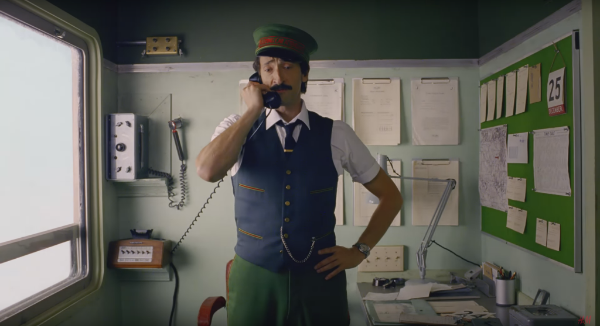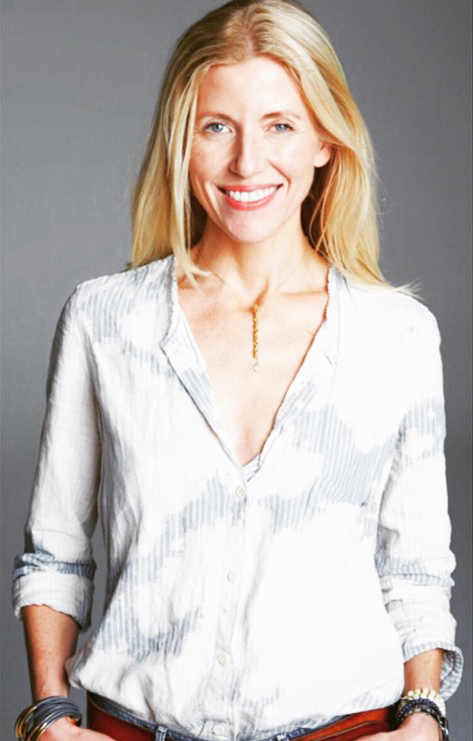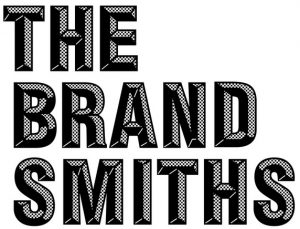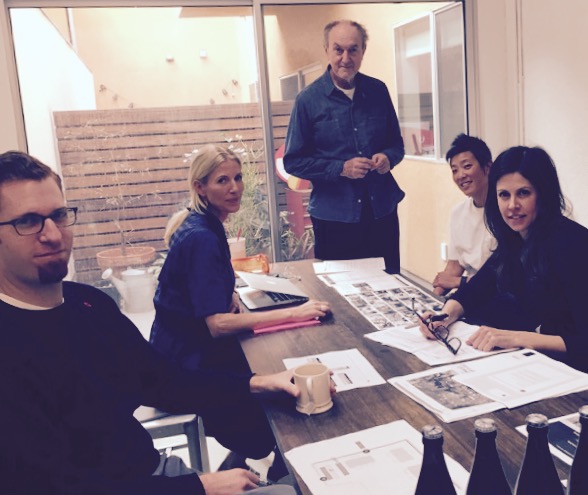
I’ve always thought it really interesting that the same job or role can either be really fun, or painfully lame, according to the people you work with. I’ve done projects that were underpaid or tedious — but for really cool teams or brands— and almost forgot how much fun I wasn’t having on the work itself. You can probably recall a gig you might otherwise have bailed on — were it not for some worthy person (or group) who kept you tethered ‘till the end. It’s even true of where you live — the people (almost always) make the place.
At the heart of why we love – and stay somewhere – is belonging. For those of us who work from home or who are hired guns or talents who drop in, and then drop out, of a company’s ecosystem, it can be a little bit lonely. We don’t get that morning banter or smack talk like you get in an office experience. Our dispersed workforce has made being ‘part’ of something even more precious — as it’s easier than ever to feel silo’d and disconnected (and ironic in this age of hyper-connectivity.) I see people craving togetherness, but who also want autonomy.
As someone who works on-site with clients and/or agencies, as well as from my home office, with teams as new as 8 months and others as long as 15 years, I’ve realized that “belonging” isn’t created by one single thing, or even a constant physical presence.
It’s chemistry. It’s history. It’s having fun. It’s being good at what you (all) do, over and over, month after month, year after year — none of which is always easy. But being a reliable player is worth a lot. We all want those in our midst.
One-night stands are fun sometimes, and I still have them (professionally), but my favorite projects are with people I work with all the time, where there’s rhythm and respect – where we get to do what we do, but with new brands, new problems and different industries. We get to solve stuff… together.
Here’s to LTR’s. And may we do the work it takes to stay in them.
